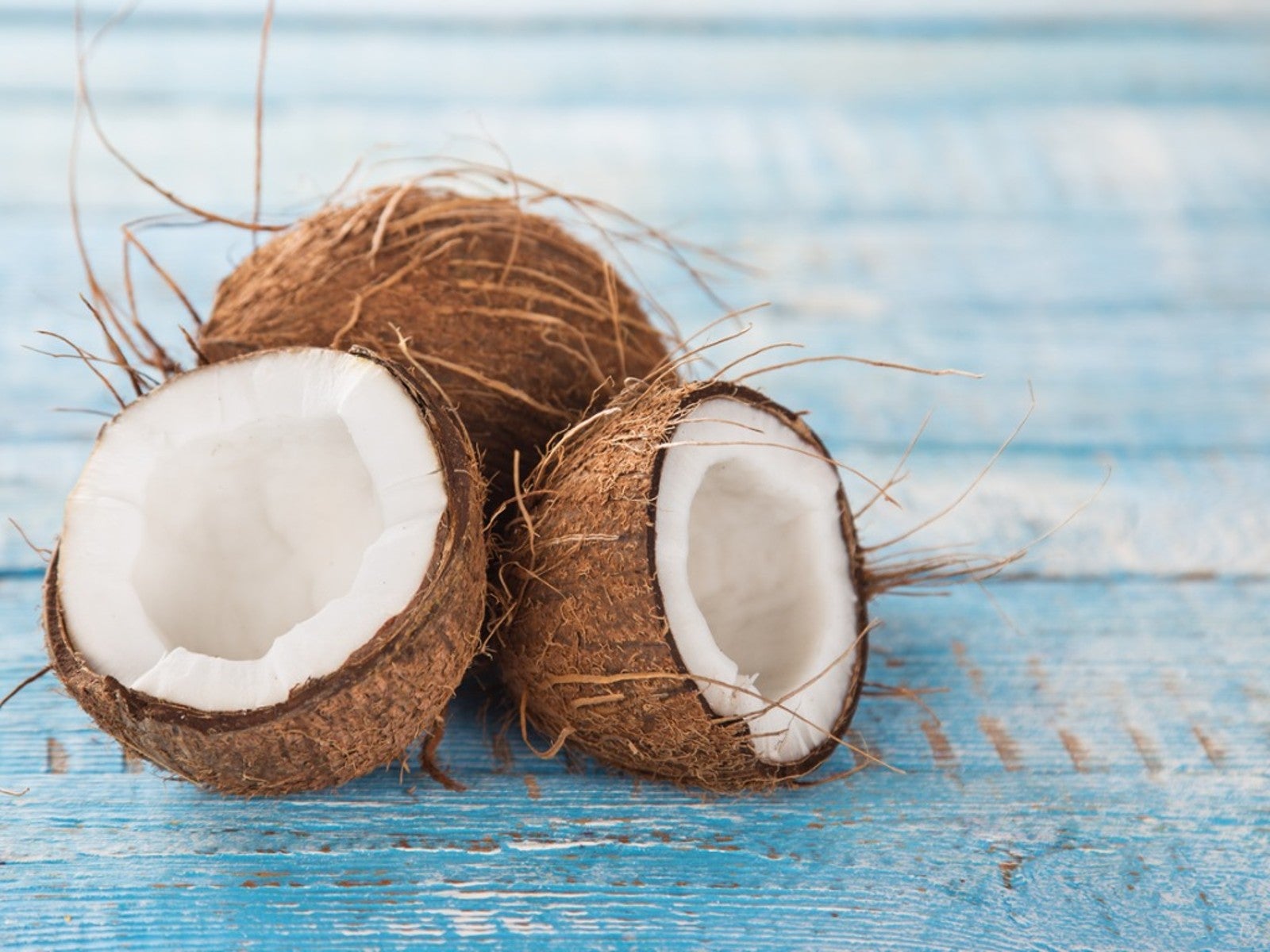How To Use Coconut In The Garden


Society is getting better every year learning how to use once cast-off byproducts. An example is how we use coconut in our gardening. The fibrous coating under the shell is a biodegradable substance that is in use in the landscaping and gardening industry. Using coconut coir in garden applications is an acceptable alternative to other container liners, and provides numerous benefits to soil as it decomposes.
Most gardeners are familiar with coconut coir products, especially container liners. The coir is the fibrous husk just under the outer shell that coats the coconut. It is removed prior to using the coconut in most cases. The product has moisture capturing capabilities and is a readily renewable resource.
Using Coconut for Gardening
Biodegradable containers like those made out of paper, wood, or coconut fiber are excellent alternatives to plastic nursery pots. Plastic does not break down and must be properly recycled or it ends up persisting in landfills. Biodegradable containers will break down in soil, usually by the end of the growing season. They also have the added benefit of giving back to enhance soil.
When compared, each type of container has different benefits. Thin paper sleeves degrade much more quickly than coir or wood. Wood will often persist in soil for several years depending upon soil pH, moisture levels, and other factors. Coir is generally broken down in one season. It provides a neutral pH, enhances moisture holding abilities, and aerates soil. Coconut coir garden liners for containers are preformed and hold soil in around the plants. They are similar to the use of peat moss in lining garden baskets. Adding coconut coir for vegetable garden soil amendment will improve the tilth of the soil and enhance a plant's root growth.
Coconut Coir for Soil Stabilization
One use for coconut coir is as erosion control. New roadway projects often feature rolls of coir along recently excavated hills, which help hold soil on and prevent erosion. In rolled log form they are also used along waterways to stabilize newly graded banks. Each log is custom planted with native plants for the use area. The logs will remain 3 to 5 years as the natural vegetation reestablishes. These are used along lake shores, streams, swales, and on un-vegetated slopes. The coir will enhance the nutrient balance of the soil as it degrades and eventually the new plant's roots will hold soil firmly in place.
How to Grow a Coconut
A fun way to use coconut byproducts is by growing a palm. The nut should be fresh and not commercially processed. Shake the nut to make sure you hear the water inside. Remove the shell but leave the husk or coir. Soak the nut for a few days prior to planting. Plant the nut with the pointed end down in well draining potting soil. The soil should be kept moist but not soggy. Place the container in a location where temperatures are at least 70 degrees Fahrenheit ( 21 C.). In tropical to sub-tropical areas, the nut may be planted directly in the ground in prepared soil. Plant the nut on its side with just 1/3 of the bottom buried in the soil. With any luck, a shoot will appear in 3 to 6 months.
Sign up for the Gardening Know How newsletter today and receive a free copy of our e-book "How to Grow Delicious Tomatoes".

Bonnie Grant is a professional landscaper with a Certification in Urban Gardening. She has been gardening and writing for 15 years. A former professional chef, she has a passion for edible landscaping.